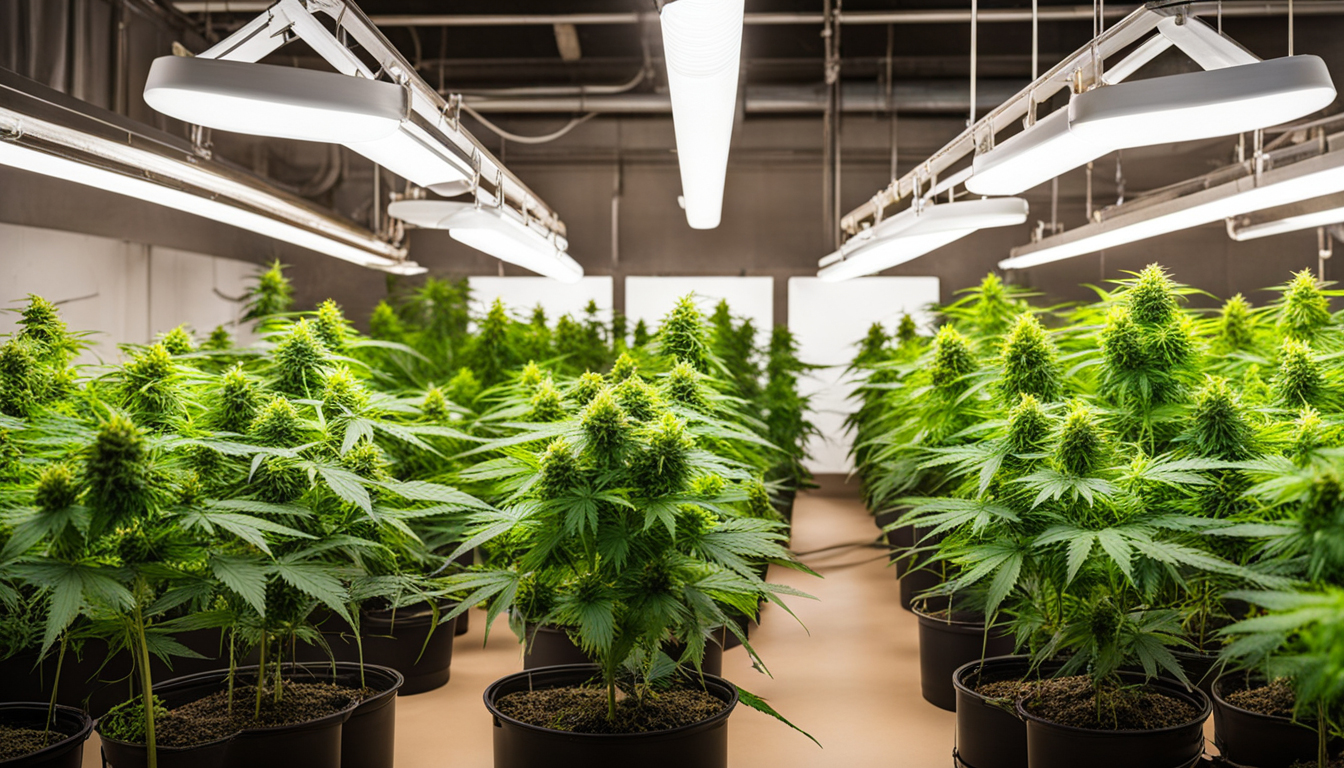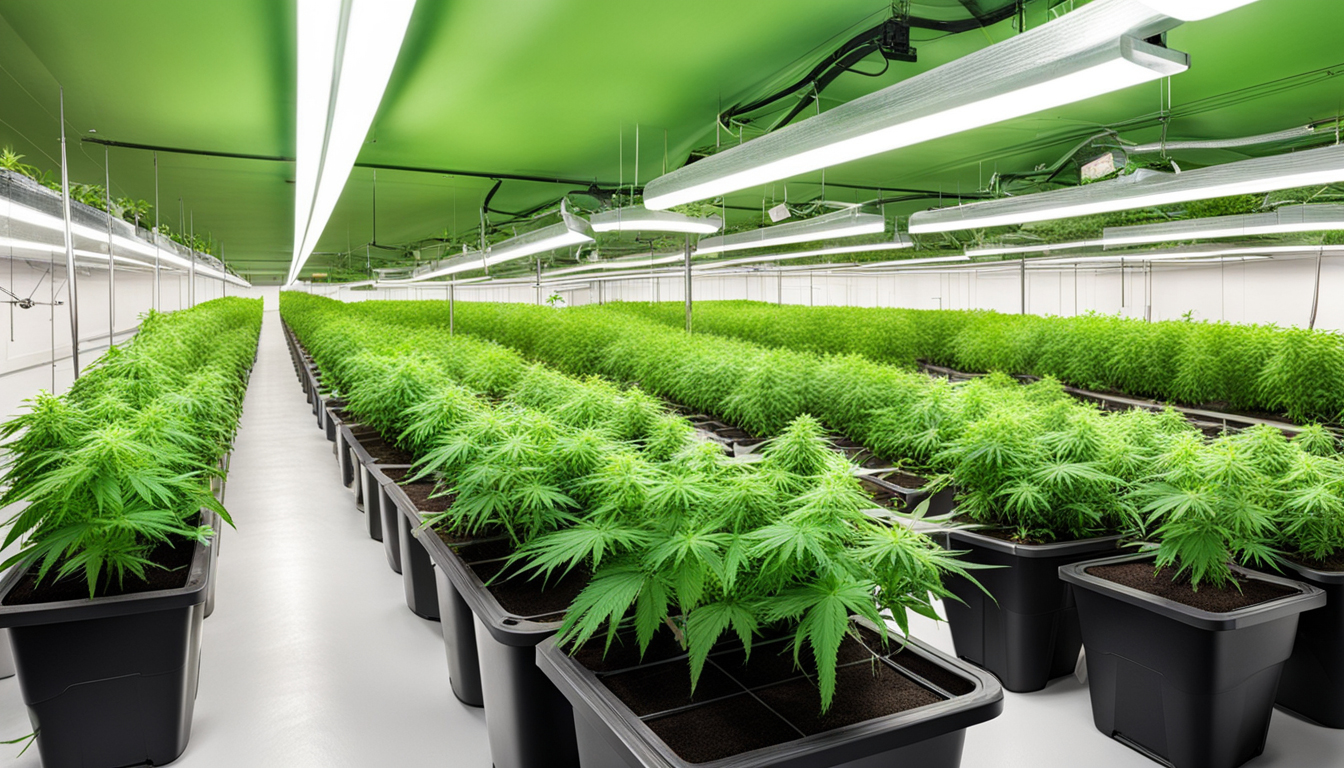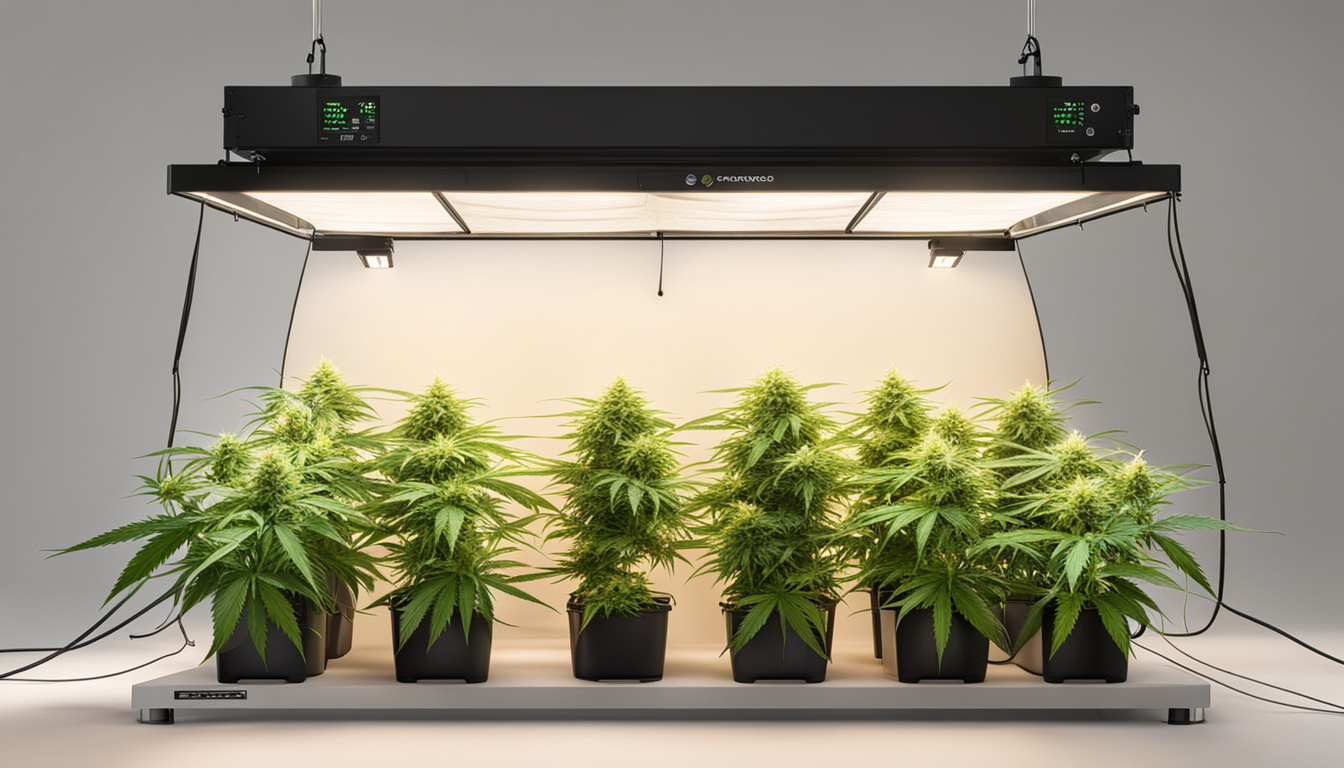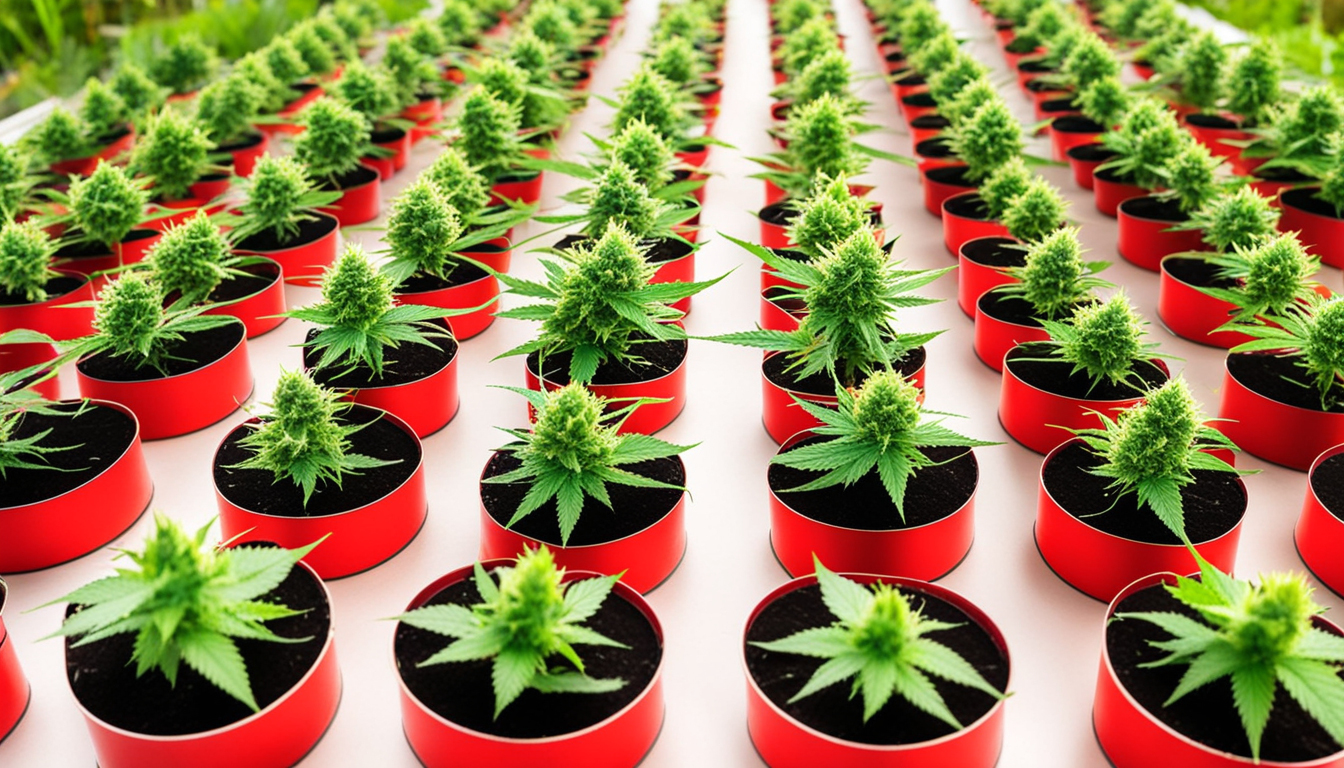
Whether you're beginning weed growing or looking to improve your existing harvest, following this complete guide will help you produce large, high-quality yields right at home. With the right equipment, strategies, and attention, cultivating weed indoors can be an extremely satisfying and cost-effective endeavor.
Choosing Pot Varieties
The first step in planning your indoor grow is picking the right weed varieties to produce. The three main types of pot plants each have their own characteristics.
Sativas
Known for their energizing cerebral effects, sativas spread tall and slender with narrow leaves. They flourish in tropical tropical climates and have a longer blooming time between 2.5-3 months indoors. Top energizing varieties include Sour Diesel, Durban Poison, and Jack Herer.
Indicas
Indicas provide relaxing full-body effects and grow short and bushy with broad leaves. Adapted to cooler mountain climates, they flower faster within 8-9 weeks. Popular relaxing varieties include Northern Lights, Bubba Kush, and Bubba Kush.
Mixed strains
Mixed varieties mix traits from both energizing strains and relaxing strains. They offer blended effects and have medium blooming times around 2.25-2.5 months. Popular mixes are Blue Dream, OG Kush, and Blue Dream.

Setting Up Your Grow Space
Weed plants need the right controlled environment to flourish. Key factors for indoor cultivations are lights, ventilation, layout, and finding the ideal discreet location.
Location
Choose an unused space with direct access to irrigation and power outlets. An empty spare room, large closet, basement corner, or cultivation tent securely placed in a garage all make great hidden grow room spots.
Lighting
Pot requires strong light for all growth stages. LED grow lights are energy-efficient and come in broad spectrum options replicating natural sunlight. Provide 250-400 watts per square foot for the growth stage and 400-600 watts per sq. ft. for flowering.
Ventilation
Proper airflow and exhaust systems keep ideal temperature, humidity, and pure CO2 levels. Install low-noise 10-15 cm fans or scrubbers to circulate stale air and reduce odors.
Layout
Maximize your space by positioning plants strategically under the lights and allowing room to access and work around them. Set up distinct zones for vegetation, flowering, curing, and propagation.

Growing Substrates
Weed can be cultivated in different substrates, each with pros and cons. Pick a proper option for your particular setup and growing style.
Soil
The traditional medium, soil is cheap and simple for beginners. It provides excellent flavor but requires more irrigation and fertilizing to feed plants. Amend soil with vermiculite or coco to enhance aeration.
Coco Coir
Made from coir, reusable coconut fiber holds water but still allows air to the roots. It's more sterile and more consistent than soil. Use coco-specific fertilizers to prevent calcium buildup.
Water systems
In hydro systems, plant roots grow right in nutrient irrigation solution. This enables rapid development but needs close observation of solution chemistry. Deep water culture and irrigation systems are common techniques.
Sprouting Seeds
Germination activates your marijuana seeds to start growing taproots. This prepares them for transplanting into their cultivation medium.
Towel Method
Place seeds between moist paper towel and keep them moist. Inspect after a week for emerging radicles showing germination is complete.
Direct Planting
Insert seeds right into pre-moistened growing medium 6mm deep. Gently water and wait 7-14 days until seedlings push through the surface.
Rockwool Cubes
Soak cubic rockwool starters in balanced water. Insert seeds 1⁄4 inch deep into the cubes. Keep cubes wet until sprouts emerge within 1-14 days.
Repotting Young plants
Once germinated, pot seedlings need to be transplanted to prevent Subscribe Now crowding. Move them into proper sized containers.
Preparing Containers
Fill large containers with cultivation medium enriched with time-released nutrients. Allow containers to soak up water for 8-12 hours before repotting.
Carefully Transplanting
Gently separate seedling roots from germination medium using a spade. Put into pre-soaked pot at same depth as before and lightly water in.
Vegetative Stage
The vegetative stage promotes foliage and plant form through 3/4 to full day of continual light exposure. This stage usually lasts 1-2 months.
Using 3/4 to full day of Lighting
Use lamps on a 24 daily schedule or outdoor light to trigger constant photosynthesis. Light intensity influences height and node distance.
Nutrients
Use grow stage fertilizers richer in nitrogen. Make sure pH stays around 6.5 for proper nutrient uptake. Fertilize 25-50% concentration after 14 days and strengthen slowly.
LST and topping
Fimming, LST, and trellising direct shoot shapes for flat canopies. This increases yields.

Bloom Stage
The flowering stage develops buds as plants reveal their sex under a 12 hour cycle schedule. It lasts 8-12 weeks depending on variety.
Changing Light Schedule
Switch lamps to 12/12 or place outdoors for natural 12 hour cycle. This signals plants to start flowering.
Flushing
Leaching removes nutrient salts to enhance flavor. Fertilize weakly the first period then just use pH'd water the final 2 weeks.
Flushing
Maintain 12 hour photoperiod but leach using pH-balanced water only. Return to clean watering if buds aren't ripe after two weeks.
Harvesting
Knowing when pot is completely mature ensures maximum potency and aroma. Harvest plants at peak ripeness.
Signs of readiness
Look for fading pistils, swelling calyxes, and 5-15% amber trichomes. Check buds around the plant as they don't all ripen evenly.
Harvesting plants
Use clean, sharp pruning shears to gently slice each plant at the base. Leave 5-10cm of stalk attached.
Drying
Suspend intact plants or colas upside down in a lightless room with average temperature and RH around 50-60% for 7-14 days.
Aging
Aging continues desiccating while improving the buds like fine wine. This process mellows harshness and intensifies cannabinoid and terpene profiles.
Curing containers
Trim dried buds from branches and place into sealed containers, packing about 3⁄4 full. Use a sensor to measure container humidity.
Opening jars daily
Open containers for a short time daily to gradually grow cannabis lower moisture. Remoisten buds if humidity goes under 55%.
Final Cure
After 14-21 days when humidity levels off around 55-65%, do a final manicure and store forever in airtight jars.
Common Problems and Solutions
Even seasoned growers run into different marijuana plant problems. Identify problems early and address them correctly to maintain a vibrant garden.
Nutrient Deficiencies
Chlorosis often indicate inadequate nitrogen. Purpling stems and leaves show low phosphorus. Check pH and boost nutrients slowly.
Pests
Thrips, aphids, fungus gnats, thrips, and nematodes are common marijuana pests. Use neem oil sprays, predator bugs, and yellow traps for natural control.
Powdery mildew
High moisture encourages botrytis and bud rot. Increase airflow and circulation indoor cannabis grow guide while reducing RH below 50% during bloom.

Conclusion
With this complete indoor weed growing guide, you now have the info to grow bountiful potent buds for personal grows. Apply these steps and techniques during the germination, growth, and flowering stages. Invest in good gear and closely monitor your plants. In time, you'll be rewarded with sticky fragrant buds you raised yourself under the loving care of your green thumbs. Happy growing